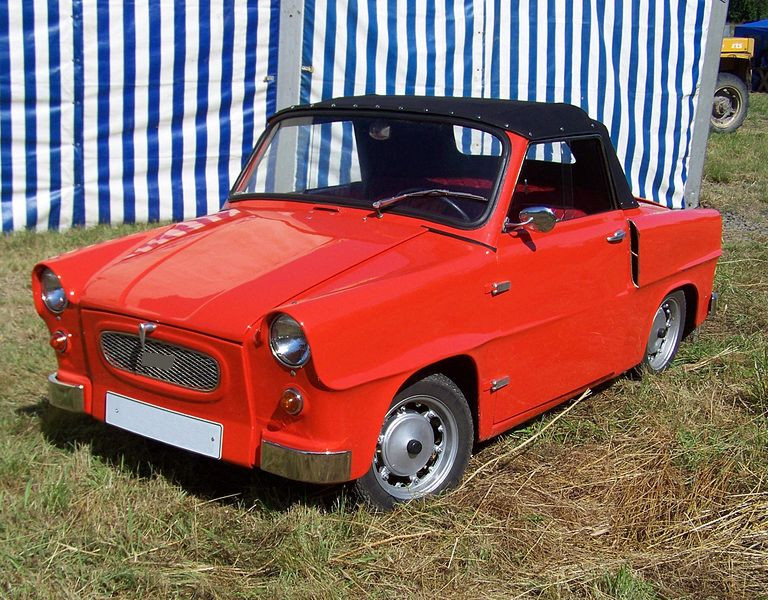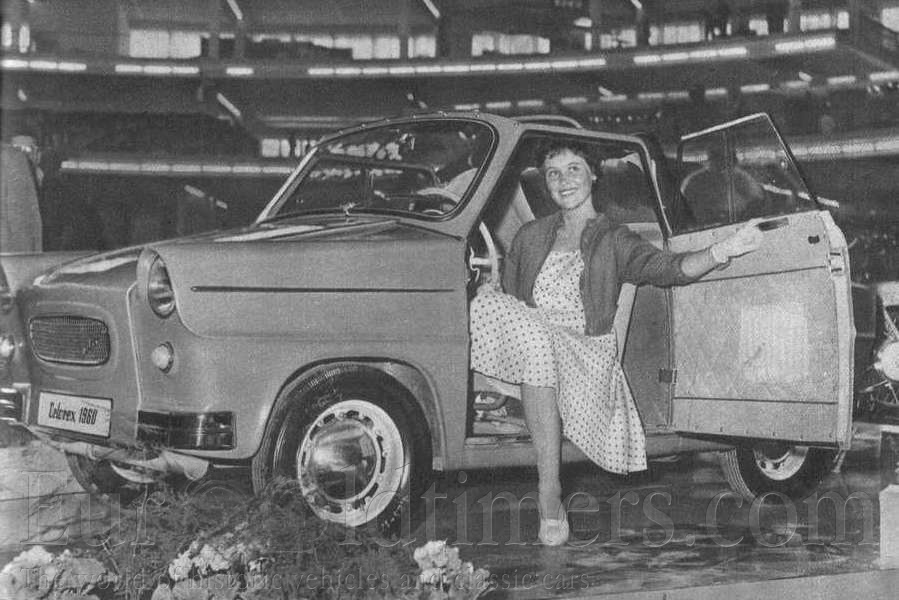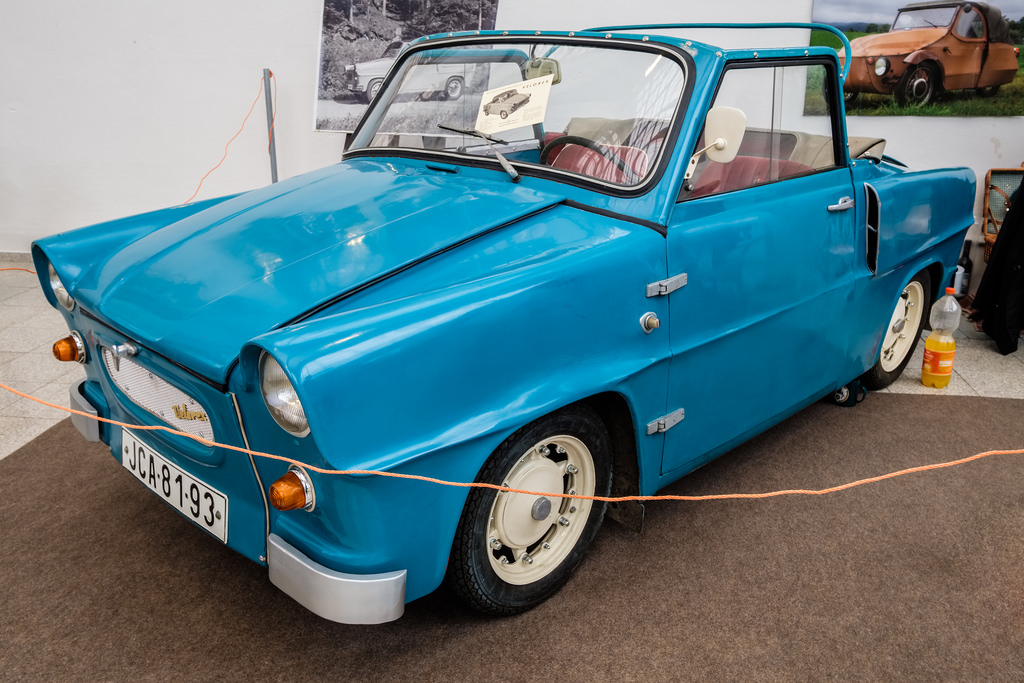-
Posts
9,236 -
Joined
-
Last visited
Content Type
Profiles
Forums
Events
Gallery
Posts posted by peteski
-
-
2 hours ago, carsntrucks4you said:
Peteski,
check your pm please. It seems that you forgot me.
Oops, sorry! It was unintentional. You were one of the early responders.
I don't have a PM from you, but I do recall that you send me a PM. I must have accidentally deleted that PM thread! I don't do this often (and I also don't deal with PMs very often).
-
On 6/7/2018 at 2:17 PM, Deano said:
About once a week I'll sift thru the "Missed Calls" on my phone (just in case someone I WANT to talk to has failed to leave a message). Well, it seems that this past Tuesday ig got a phone call that Caller ID identified as "Illegal Scam". Sounds legit to me!


You mean like this:

I get them too, from time to time.

If you read up about caller ID, there is a logical explanation. There are 2 parts to caller ID. First is the phone number, which originates from at the caller's site and can be easily spoofed (I also receive calls showing my own number as calling myself!). Then the "name" comes from your phone service provider (your phone company). They basically look up the number and if there is a match in their database, they send it to be displayed on your phone. Some repeat offenders' numbers are marked as spam or illegal in their database, so they display as such.
Here are the technical details about caller ID https://en.wikipedia.org/wiki/Caller_ID , see the "Operaton" section for the details discussed here, and https://en.wikipedia.org/wiki/Caller_ID_spoofing
-
Has anybody else noticed the unusual wheels (the blue car photo clearly shows them). They remind me of the early Porsche or VW wheels. It is like they bolt directly to outside of a brake drum. IIRC, Pontiac also had similar wheels back in the late '60s.
-
Phew, I'm glad this one is over. Due to very sparse (and also conflicting) info, I decided to allow multiple answers to be correct. See the top post for explanation.
List of members who correctly guessed the car in this quiz (in the order the guesses were received):
VW93
carsntrucks4you
otherunicorn
sjordan2
Pete J.
ChrisR
blunc
MrObsessiveThanks for playing!
-
Those photos bring back lots of nostalgic memories. Life was much simpler back then . . .
No social media, no cyber-bullying, you ate dinner with the family in the dining room, and watched TV together. Time seemed to pass much slower than it does in today's hectic world.

-
Was it sold in U.S.?
-
8 hours ago, bbowser said:
189 parts on a 1/35 bike? You're a braver soul than I
 !
!
Not just the parts count. If you saw the size of those parts, you would roll your eyes! I have a similar kit and some parts are smaller than the gates that hold the parts to the runners!! They are microscopic!
-
You need to give a bit more detailed description of what you end up with. "Trash" is not helpful.
What is "hot or cold"?
Epoxy doesn't set?
Too thick of a layer?
Need more info . . .
-
On 5/25/2018 at 6:24 AM, afx said:

Looks good, but they forgot to Photoshop the right side/interior.
-
1 hour ago, LDO said:
It will probably never go hunting. IMHO, hunting is just too expensive in Texas. For the price of hunting land access for a weekend, I could fill a freezer with ribeyes. That's nuts.
But it is not about the "food" - it is about the thrill of stalking the prey, right?

-
18 hours ago, espo said:
You might check out Home Depot and Lowe's. They both have an Electrical Supply section and they offer many different sizes on a spool or even fore sale by the foot.
Not anything remotely close to 0.4mm overall diameter. That is about 0.016". 30 AWG wire-wrapping wire is about that diameter (including the insulation).
-
1 hour ago, BubbaBrown said:
Castrol Super Clean not purple power will strip just about anything. Put the kit in something and let it soak for a few days, you are not going to hurt it. Some guys for years have used oven cleaner which is lye, I don't like being around or smelling that stuff.
Main active ingredient in Castrol Super Clean is lye (Sodium Hydroxide), which is the same as in the original formula Easy-Off oven cleaner.
-
The above photo of the Revell's Viper reminded me what the problem was with its wheels: They are too shallow or flat! Especially the rear wheels. The wheel center should be inset deeper. Sort of what Revell did on the Starsky & Hutch Grand Torino.
-
Sorry to hear that it didn't work out. Stop signs really mean stop. Complete stop, even if just for an instant.
Hopefully you did learn from your mistake. But don't worry, many long-time drivers out there roll through Stop signs. That is one of the things that irk me (should post this in the other thread). I almost got in a fight with the driver behind me because I dared to completely stop st the stop sign, even though there was no cross traffic. The nitwit behind me expected me to roll right through and got really pissy when I came to complete stop, forcing him to jam on his brakes. Imagine that - actually stopping at a stop sign.
-
5 hours ago, fredo84 said:
Thanks for the video !!
Look's like it was good to live this Era

Your statement reminds me of one of the original Twilight Zone episodes, the one with Buster Keaton. Especially the 2nd half of that episode. The episode's title is "Once Upon a Time". You can watch it on Youtube.
-
Despite its looks, this is a real automobile, not a clown car.
 I agree that its styling is not bad.
I agree that its styling is not bad.
-
The car in question is a 1960-61 Velorex Convertible. But I also accepted as correct 1971-73 Velorex 465-0 convertible. See explanation below.
Michael invited me to run this week's quiz - thanks Michael!
Remember - do not post your answers here. PM me your guesses.
Here is this week's automotive subject. Good luck!

Here is the convoluted story of this auto challenge.
I was doing some research on the cute turtle-like vinyl-skinned Velorex-Oscar 3-wheeler. Looking at https://en.wikipedia.org/wiki/Velorex I saw a photo of the red convertible. I thought it would be a perfect subject for the Auto Quiz! That page also stated that Velorex started making 4-wheel vehicles in 1971 and stopped production in 1973. That was model 453-0. The caption on that red convertible did not show either model name or year, so I assumed it was a 453-0 convertible from that year range. So I created last week's quiz using that photo and info.
When the guesses started to come in, I was made aware that it was not a 1971-73 Velorex Convertible but a 1960 convertible. That is 9 years before the supposed production start of 4-wheeled vehicles. Here is some proof:
A photo showing a license plate "1960" ( http://www.eurooldtimers.com/temp/stroj_zoom_15171.jpg )

Also a photo album which has photos of a blue car and it labels it a 1961 453 (not a -0) convertible.
https://hiveminer.com/Tags/435%2Cvelorex/Timeline

A website showing the same red convertible I used in this quiz calling it a 1960 convertible (no model number given)
https://auta5p.eu/lang/ger/katalog/auto.php?idf=Velorex-1960-20157 (check out additional photos there).
Couple additional sites showing Velorex 4-wheel vehicles.
http://www.tresbohemes.com/2015/09/cutest-little-boho-chic-car-ever-made-meet-velorex-oskar/
https://www.veteran.hu/regebbi-szamainkbol/2023-negykereku-borond-velorex-435-0-1972
Due to the conflicting info, I accepted multiple answers. I suspect that the convertible was some sort of low volume run (prototypes maybe?) and the much boxier looking 435-0 vehicles were then produced in 1971-73 time period.
-
I have both kits (unbuilt) and yes, the AMT kit has the tires and wheels undersize,and the tires have too high of a profile. Revell tires look ok, but IIRC, there is some issue with the wheels too. I would have to dig out both kits and look at the again. I was thinking of using the Revell wheels with the AMT model, but again IIRC, there was some problem with that. I haven't looked at these kits for probably over 10 years.
-
I have tried the dissolved plastic, method but I find that it takes a very long time for the solvent to evaporate (days, weeks, or even longer, depending on how much solvent was in the mixture and how thick the filled area was), and the plastic never seems to get as hard as it was before it was dissolved.
I rather use CA glue and if needed mix it it with either styrene shavings or talcum powder. It also use accelerator (BSI brand) to harden it. No shrinkage at all. I then work it (sand/feather it) within about 1 hour after hardening. the CA glue continues to harden, so it eventually becomes harder than the styrene, making it difficult to sand the filled area smooth. Some use baking soda as filler - I stay away from that method. Baking soda is water soluble and if some of it was left exposed to ambient air, it can absorb moisture from humid air, dissolve and start oozing out f the filled area.Besides, baking soda violently accelerates the cure of CA, often bubbling up and even smoking as the CA hardens. BSI accelerator provides gentler hardening action.
-
A good properly of India Ink is that when dry it is not affected by solvents in the paints we use for out model cars. Sharpie "black" and similar organic-solvent-based inks are often attacked by the solvents in hobby paints (when you clear-coat your model) and the ink can run, ruining your paint job.
-
So you had to do this to every link? Looks like your method made that task much easier.
Is the original part molded improperly, or are you simulating cleat wear?
-
That tape is supposed to have the edge of the adhesive treated with some substance which absorbs water from latex paint and swells up, supposedly sealing up the edge perfectlyy. If used with organic-solvent-based paints (like hobby enamels or automotive paints), the frog tape will not give any advantage over standard masking tape.
I bought some years ago (without understanding how it works) and tried it on a model, but I found it too stiff for masking models.
For masking models, just like others have mentioned, I use the 3M Blue painters tape (for filling in larger areas), and Tamiya tape for fine masking. I also use Parafilm-M and liquid masking agents. It all depends what type of masking I'm doing.
-
25 minutes ago, High octane said:
Did you tell your instructor that you we're going to be one of the Duke boys? Yeehah!
LOL! No way! I quietly accepted his advice. If I was cheeky and talked back, he could have still failed me. I wanted my license!
-
Cale, if you know the rules of the road and you have done some driving with your learner's permit (and you survived so far), you'll do fine.
After my test was over my instructor told me that I drove like a cowboy and that I should take it easy and go slower! I'll never forget that. I still passed it and got my license.








Old Hobby Shop Photos
in General Automotive Talk (Trucks and Cars)
Posted
Did you live in Northeast U.S.? Zayre department stores? https://en.wikipedia.org/wiki/Zayre I used to shop there too, along with Woolworth, Bradlees, Ames, Stewards, and Ann & Hope. All those store chains were likely killed off by Walmart. We also had several hobby shops inthe Boston area: Eric Fuchs (Boston and few other locations), Adventure Hobbies (in Arlington), Modeler's Junction (in Methuen), AAA Hobby Shop (in Wakefield) and few others. All gone.